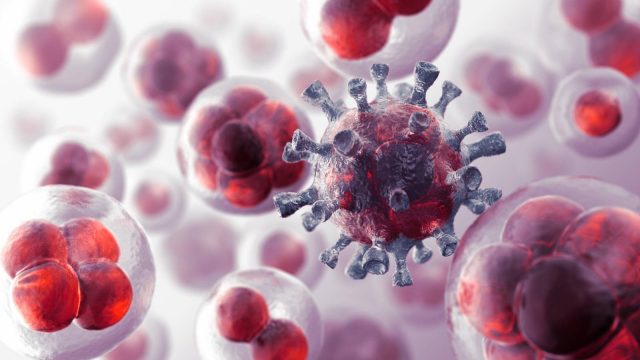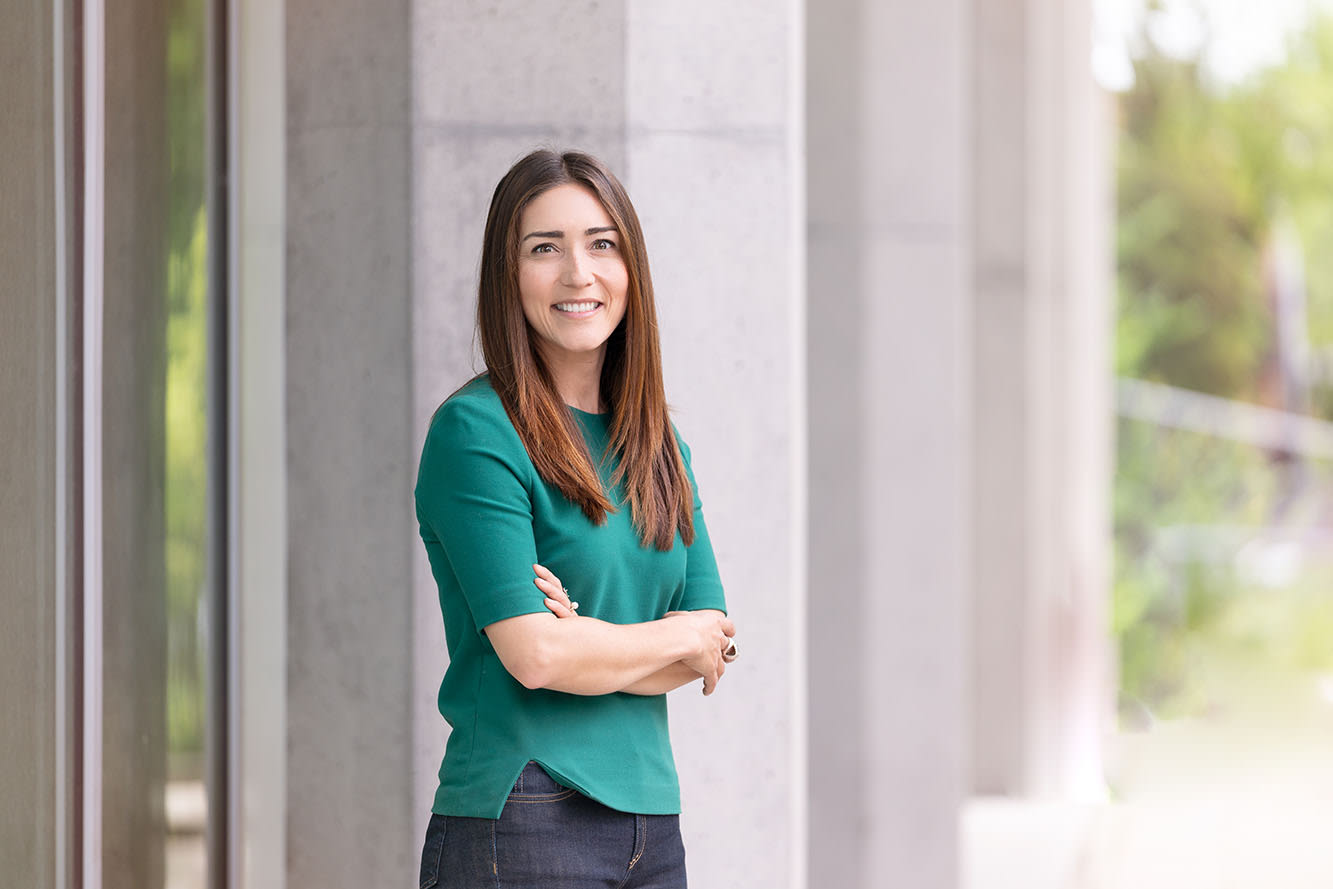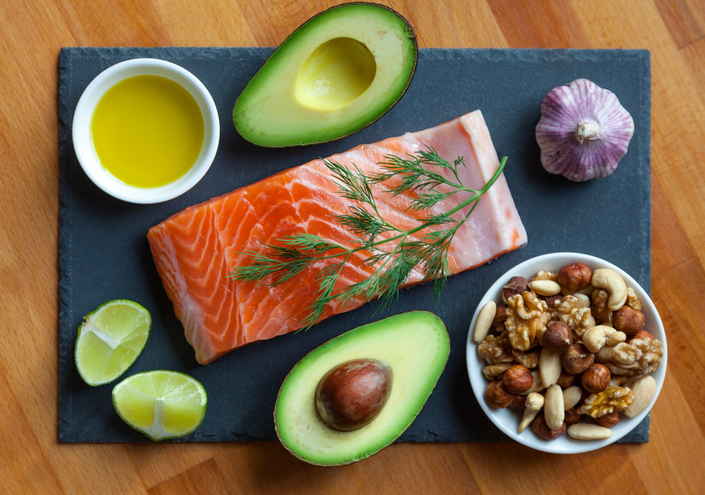Hi there,
My name is Gerry Krystal and I’m a Distinguished Scientist at BC Cancer, pursuing ways in which we can better manage and prevent cancer.
I’m excited to be blogging for the BC Cancer Foundation and to speak directly to you about the relationship between food and cancer prevention. Not too long ago it was believed that one had nothing to do with the other. Now we know that is far from true.
Indeed, findings from our research suggest that we may be able to reduce the incidence of cancer by up to 90% by simply changing our diets and getting more exercise. Much of my work focuses on how we can achieve this, particularly how a diet low in carbohydrates can be one of the best ways to prevent – and even manage – a cancer diagnosis.
Over the coming days, I hope to share much of this information with you, and provide you practical tips on what to eat to help prevent cancer from developing.
My path towards cancer research & discovery
I feel I’ve been very lucky in my life and work. I was born in Brighton, England just before the end of the Second World War. We lived just one block from the beach and my mother took me and my older brother there every day, while my dad was in the fire brigade, putting out fires in London during the blitz. After the war there were still food rations and so my father decided that we should move to Canada for a better life.
After a relatively normal if somewhat nerdy adolescence I received my Bachelor of Science degree in Honours Biology from McGill University and was accepted down at the University of California, Berkeley, in a new program in molecular virology. It was quite an honour at the time, but equally intimidating – seven of the faculty were Nobel Prize laureates.
Although I did well academically, I was against the war in Vietnam, which was raging at the time and causing a lot of unrest on the Berkeley campus, and so I returned to Canada to obtain my MSc and PhD at McGill, studying the behavior of cancer cells.
Race towards discovery
I returned to California, this time Southern California, to do post-doctoral training at the University of California, Irvine. Luckily, I applied for a Canadian fellowship to support my training down there and this involved being interviewed in Vancouver by Dr. Lloyd Skarsgard at BC Cancer.
I must have made a good impression on him because he suggested I apply for a position at BC Cancer after I finished my training. Being very unworldly, I didn’t apply anywhere else and had the good fortune to be accepted for a second post-doctoral training stint by Dr. Connie Eaves, internationally known for her work on blood cell development and leukemias. During my time with her I worked on purifying erythropoietin – a hormone that would go on to be used very successfully to treat red blood cell anemias.
I was in a race with a well established research team at the University of Chicago to find a way to clone it. We ended up being just three months behind them, and they took that drug and created Amgen – one of the biggest pharmaceutical companies in the world!
But because I was able to purify it here I was able to use my pure erythropoietin, as an independent investigator with my own lab now, to look at how hormones tell cells what to do (a field just starting at the time and called signal transduction) and how cancer cells can function in the absence of hormones or growth factors.
Major research breakthrough

Doing all that signaling work, we were lucky enough to discover, purify and clone a signaling protein that is present only inside white blood cells (ie, our immune cells). We named it SHIP (later called SHIP1 when a second, SHIP-like protein was discovered and called SHIP2), and it helped us better understand what controls normal cell division and, by extension, division of cancer cells.
Typically, all 10 trillion cells in our body are controlled by hormones and growth factors and don’t divide unless they’re told to do so. What differentiates a normal cell from a cancer cell is that a cancer cell can divide without a growth factor telling it to; it becomes growth factor independent.
Normally, growth factors attach to their receptors on the surface of their target cell. This triggers signalling pathways inside the cell which ultimately enter the nucleus of the cell, turning on and off genes that tell the cell to divide.
Cell mutations and cancer growth
But sometimes, there are activating and inactivating mutations in these pathways that propogate signals that encourage cell division, even in the absence of the growth factors that are supposed to start the ball rolling. This is how cancer cells become growth factor independent.
What’s fascinating is we discovered that the role of our SHIP protein was to dampen down the response of immune cells so they would not overreact to infections and cause chronic inflammation or autoimmune disorders.
Studying this fascinating protein got me thinking about how we can change the tumor environment to boost our ability to kill cancer cells and to slow tumor growth. Flash forward twenty years, and here I am today.
Next blog, I will share with you how exactly we’re able to do that with the food that we eat.
Talk soon,
Gerry


